Word Problems: A Day at the Beach (Counting in Groups) | Mathematics for Class 2 (Joyful-Mathematics) PDF Download
What are Word Problems?
Word problems are short stories that include numbers. These stories ask us to count things, group objects, compare numbers, or find positions like first, second, and third.
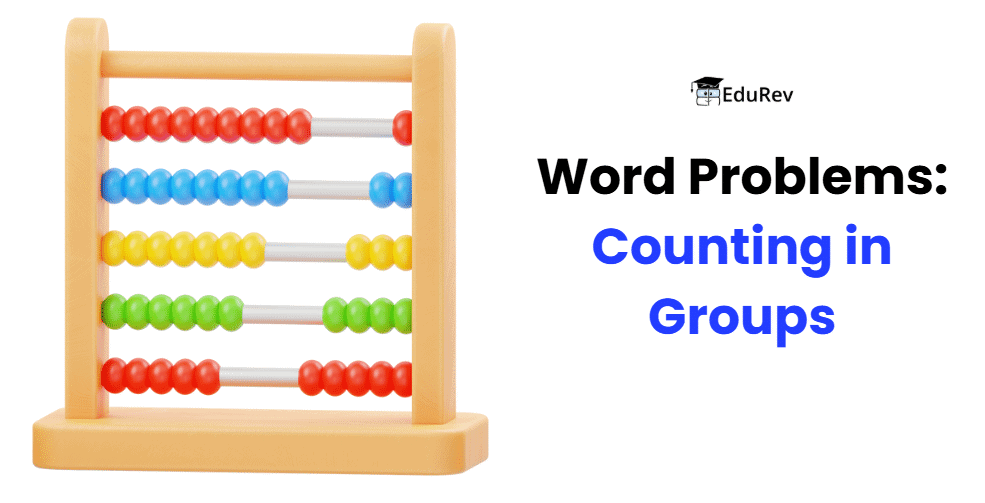
How to Solve Word Problems
- Read the question carefully.
- Look at the picture, if there is one.
- Find the numbers in the story or image.
- Think: Do I need to count, compare, or group?
- Solve step by step.
- Write the answer clearly.
Let’s Learn Together!
These questions will help you count, compare, and understand numbers in a fun and easy way. Read each question carefully, think, and then solve.
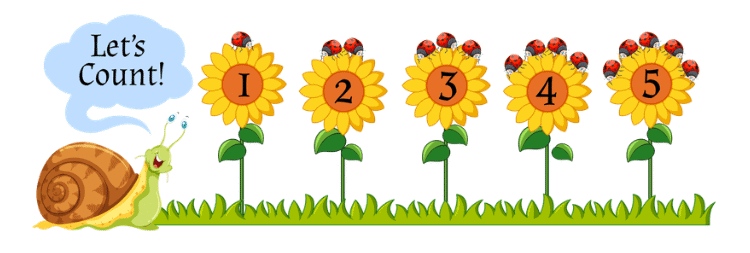
Q1: A balloon seller has red, blue, and yellow balloons. Look at the picture. How many balloons can you count altogether?
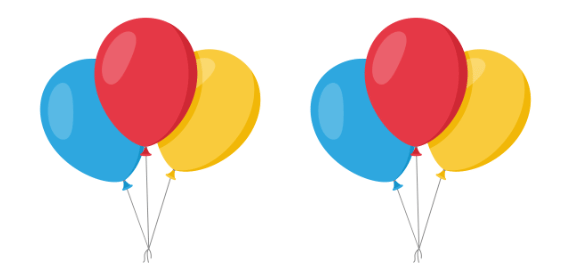 Ans: The balloon seller has 6 balloons with him.
Ans: The balloon seller has 6 balloons with him. 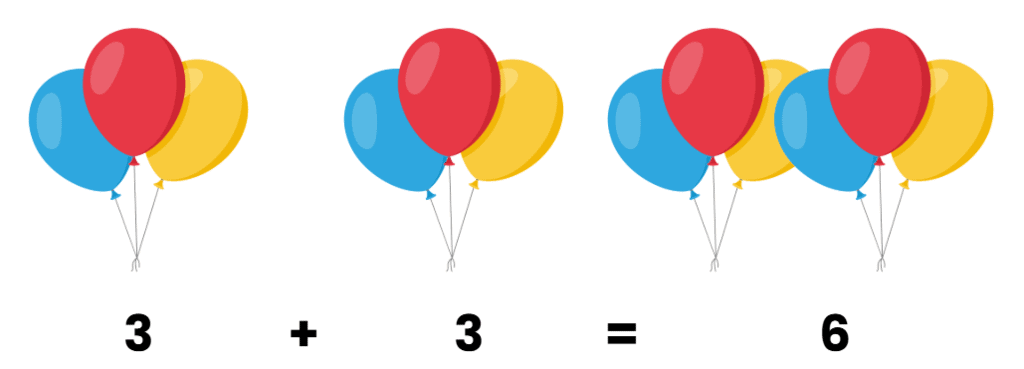
Q2: You are helping to collect socks for people who need them. Look at the picture. How many pairs of socks can you count?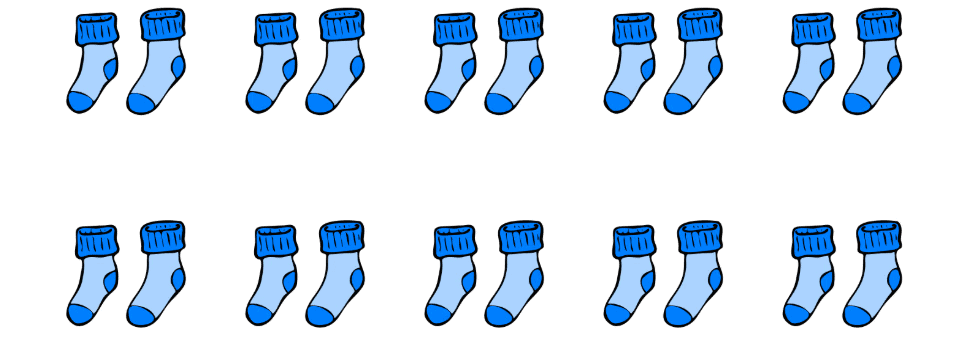 Ans: There are 10 Pairs of socks
Ans: There are 10 Pairs of socks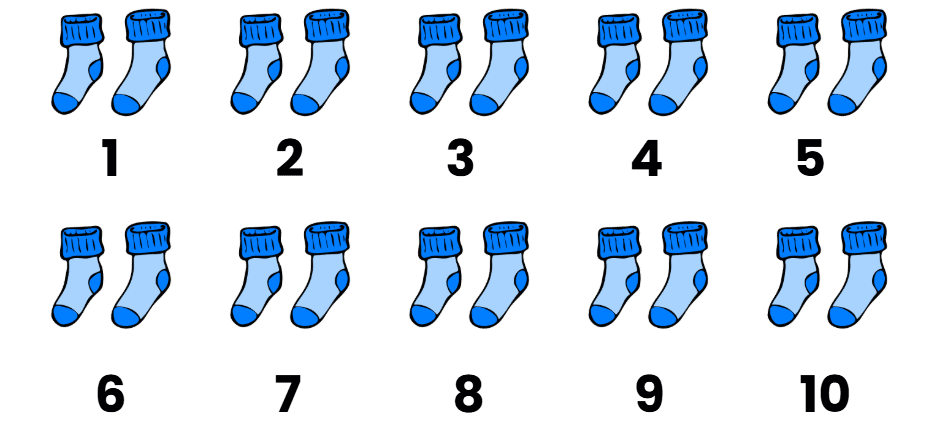
Q3: Suraj is playing with a toy train. He puts carriages behind the engine. Can you count how many carriages are there? Ans: Suraj’s Train has 5 carriages
Ans: Suraj’s Train has 5 carriages
 Q4: Mahi has the following rings to play with. Count the number of rings that Mahi has in each stick.
Q4: Mahi has the following rings to play with. Count the number of rings that Mahi has in each stick.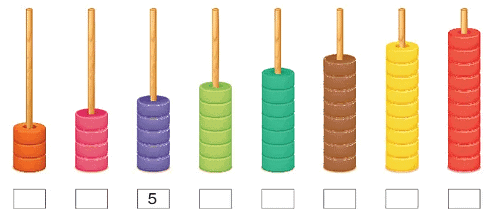
Ans: 3, 4, 5, 6, 7, 8, 9, 10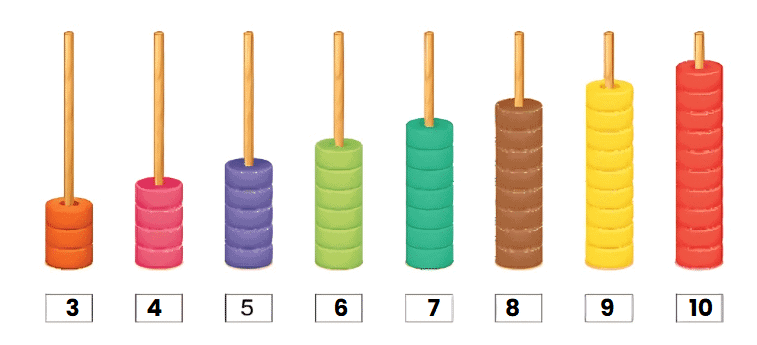 Q5: Joy and Rishi are playing with blocks. Help them count the numbers of (1 Box = 1 Block)
Q5: Joy and Rishi are playing with blocks. Help them count the numbers of (1 Box = 1 Block)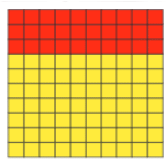
(a) Red Blocks:
(b) Yellow Blocks:
(c) No. of Ten Yellow Blocks:
(d) No. of Ten Red Blocks:
(e) Total no. of Blocks:
Ans:
(a) 30
(b) 70
(c) 7
(d) 3
(e) 100
Q6: Mohit is playing with a bundle of sticks in his school. Each bundle has 10 sticks. Count the number of sticks, and write how many tens,ones, and how many sticks are there in all.
Ans:
Tens: 10+10+10= 30
Ones: 1+1+1 = 3
Total number of sticks: 33
Q7: You and your friend are playing with blocks. Your friend arranges the blocks in the following pattern. Can you Count the number of blocks, and write how many tens,ones, and how many blocks in all are there?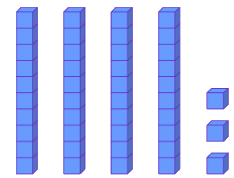
Ans:
Tens: 10+10+10+10 = 40
Ones: 1+1+1= 3
Total number of sticks: 43
Q8: You are playing in a playground and you notice some children playing on the slide. There are 5 children on the red slide and 3 children on the yellow slide. Are there more children on the red slide or the yellow slide?
Ans:
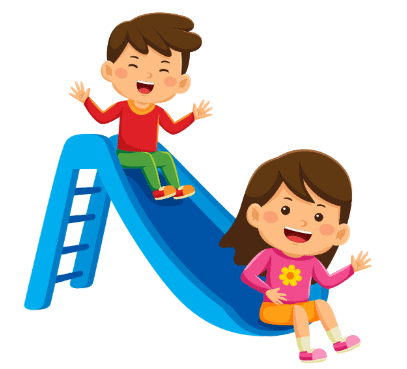 There are more children on the red slide than on the yellow slide.
There are more children on the red slide than on the yellow slide.
- The red slide has 5 children.
- The yellow slide has 3 children.
Since 5 is a larger number than 3, there are more children playing on the red slide
Q9: You and your brother go to a park for a walk, where you see an Apple tree. You pick 7 apples from the tree, and your brother picks 5 apples. Who picked more apples, you or your brother?
Ans:
In this scenario, you picked more apples than your brother.
- You picked 7 apples.
- Your brother picked 5 apples.
By comparing the numbers, we see that 7 is greater than 5. Therefore, you picked more apples.
Q10: There is a car race in your School. The Race has nearly come to an end. Look at the picture and observe the position of each boat.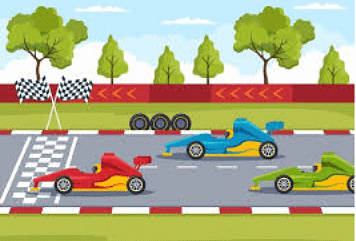
(a) Which colour car came First in the race?
(b) Which colour car came Second in the race?
(c) Which colour car came Third in the race?
Ans:
(a) RED car got the first position
(b) BLUE car got the second position
(c) GREEN car got the third position
|
28 videos|262 docs|22 tests
|
FAQs on Word Problems: A Day at the Beach (Counting in Groups) - Mathematics for Class 2 (Joyful-Mathematics)
| 1. How can counting in groups be applied to a day at the beach? |  |
| 2. Can counting in groups help with organizing beach activities? |  |
| 3. What are some examples of counting in groups at the beach? |  |
| 4. How can counting in groups enhance learning opportunities at the beach? |  |
| 5. Are there any fun games or activities that involve counting in groups at the beach? |  |





















